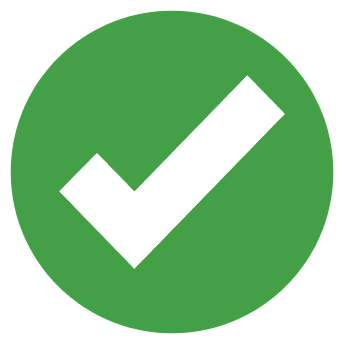Turn Unstructured Text into a Graph
80% of your organization’s data is unstructured, and hence unused.
Take unstructured, raw text data and easily build a knowledge graph with all detected entities and relationships. Get more leverage out of your texts with just a few clicks, no coding required.
Discover how AP-HP turned patient data into a goldmine of information

How AP-HP uses knowledge graphs to structure patient data
See how it works in a quick video




Build and enrich your knowledge graph.
with Lettria you can fly ahead by leveraging the rest of the data in your business.
While most graphs are built using structured, tabular data, with Lettria you can go one step ahead and start leveraging the rest of the data in your business.


Use Lettria's highly developed ontology, or your own.
Start with our internal ontology – over 1,000,000 words and concepts about the world – to build your knowledge graph.
For more custom use cases, you can also use your own organization’s ontology. Lettria’s Knowledge Studio can work with all standard formats.
Use the Graph DB that works for you.
While we use neo4j to visualize graphs on our platform, you can use any platform you like – TigerGraph, ArangoDB, MongoDB, Amazon Neptune… We’re able to adapt to your needs.
We are platform-agnostic. The important thing is your access to your knowledge.

Your text made into a graph, step by step:
Here's what we offer in four steps:
1. Raw text import
The first step is to import all the your raw text that you want to use to build your graph.

2. Ontology import
The next step is to import your ontology — including the exact types of relationships and nodes that you want to identify.

3. Ontology alignment
We'll then align your ontology with the one we have internally, to make sure that we use the best of both for maximum accuracy.

4. Text to graph processing
Finally, we'll build the graph database based on all the information in your raw text.

What can you use graph databases for?
Tap into relationships between your data
With graph databases you can gain deeper insight into relationships between different concepts in your data, revealing new connections.
Make higher quality data-driven decisions
Build more accurate predictive models that use the relationships between different aspects of your data to make decisions and predictions.
See our text to graph demo in action
We've built a text to graph demo that's already live on our platform.
Here's what it looks like.
Frequently Asked Questions
Currently, Lettria operates on a demo-based access model. To explore the platform's capabilities and see how it can benefit your organization, you can request a personalized demo through the website.
No, Lettria is designed as a no-code solution, making it accessible to users without technical backgrounds. The intuitive interface allows users to build and enrich ontologies without the need for programming skills.
By organizing data into structured ontologies, Lettria enables AI systems to reason more effectively and automate tasks. This structured approach leads to smoother operations and increased efficiency across various applications.
Lettria accepts a variety of file formats for text import, including:
- Text documents:
.txt,.docx,.odt,.html - Spreadsheets:
.csv,.xls,.xlsx - PDF files:
.pdf
This flexibility ensures that diverse data sources can be effectively processed.
Yes, Lettria supports the integration of your existing ontologies. You can import them in standard formats, and the platform will align them with its internal ontology to enhance the accuracy and relevance of the resulting knowledge graph.
The process involves four key steps:
- Raw Text Import: Upload your unstructured text data into the platform.
- Ontology Import: Introduce your existing ontology or utilize Lettria's extensive internal ontology, which encompasses over 1,000,000 words and concepts.
- Ontology Alignment: Align your ontology with Lettria's to ensure consistency and accuracy in entity and relationship identification.
- Graph Construction: The system processes the text and constructs a knowledge graph, detailing the entities and their interrelations.
Lettria's Text-to-Graph feature transforms unstructured text data into structured knowledge graphs. By identifying entities and relationships within raw text, it enables the creation of interconnected data representations, facilitating advanced analysis and insights.



